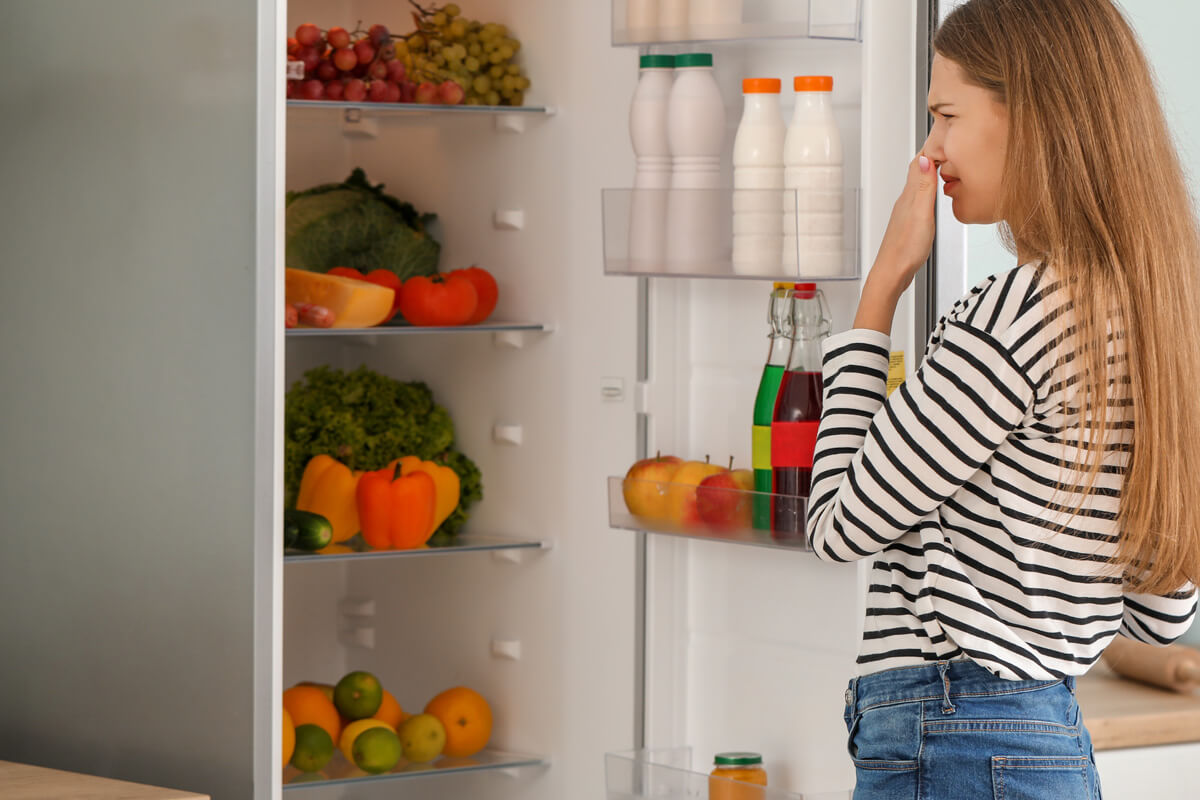It can be incredibly frustrating when your fridge will not cool properly, leaving your food at risk of spoiling. Whether it’s completely warm inside or just not as cold as it should be, the problem can quickly escalate, especially with the potential for wastage. Before you panic and throw out all your food, it’s important to understand that there are several common reasons for cooling issues, many of which you can fix yourself. However, some fixes may require a professional to ensure the job is done correctly and safely. By identifying the cause of the problem, you can take the right steps to restore your fridge’s cooling ability and avoid unnecessary repairs.
10 Common Causes of a Fridge Not Cooling Properly
There are several common causes of a fridge not cooling properly, including:
1. Dirty Condenser Coils
The condenser coils are responsible for releasing heat from the fridge. If they’re covered in dust and dirt, they can’t function properly, leading to poor cooling performance. Unplug the fridge and vacuum or use a coil brush to clean the coils, typically located at the back or underneath the fridge.
2. Faulty Evaporator Fan
The evaporator fan circulates the cool air inside the fridge and freezer. If this fan is malfunctioning, the cool air won’t reach the fridge’s interior, resulting in warmer temperatures. Check if the fan is running when the fridge is powered on. If not, it may need to be replaced. Professional help might be required for this repair.
3. Thermostat Issues
The thermostat controls the temperature inside the fridge. If it’s not working correctly, it may not signal the fridge to cool properly, leading to inconsistent temperatures. Check the thermostat settings to ensure they’re correctly set. If the thermostat is faulty, replacing it will restore proper cooling.
4. Overstuffed Fridge
A fridge that’s packed too tightly can restrict airflow, preventing cool air from circulating effectively. This can cause the fridge to lose its cooling power, especially around the back and sides. Try rearranging the items inside your fridge to allow more air to flow freely. Ensure there’s enough space for air to circulate around the food.
5. Broken Door Seal
The door seal keeps cold air inside and warm air out. If the seal is damaged or cracked, warm air can seep in, preventing the fridge from maintaining a cold temperature. Inspect the door seal for visible damage. If the seal is broken, you may need to replace it. This is an easy and inexpensive fix that can significantly improve your fridge’s performance.
6. Clogged Defrost Drain
If the defrost drain is clogged, water may build up inside the fridge and cause it to overheat, resulting in poor cooling performance. Check the defrost drain for blockages and clear it out. This may require defrosting the fridge completely, which can take a few hours.
7. Refrigerant Leak
If your fridge is low on refrigerant due to a leak, it won’t be able to cool effectively. This issue requires professional attention as handling refrigerants is complex and requires special tools. Call a certified technician to check for leaks and recharge the refrigerant if necessary.
8. Compressor Problems
The compressor is responsible for pumping refrigerant through the system. If the compressor fails, the fridge won’t be able to cool at all. Unfortunately, compressor issues often require a complete replacement. If your fridge is still under warranty, contact the manufacturer. If not, consult a technician to discuss repair or replacement options.
9. Power Issues
Sometimes, the issue may be as simple as a power problem. If your fridge isn’t receiving sufficient power, it won’t cool properly, even if it appears to be running. Check the power cord, plug, and outlet for any visible damage. If there are no issues, you might want to test the voltage or reset the circuit breaker.
10. Freezer Issues
Sometimes, problems with the freezer can affect the fridge’s cooling performance. If the freezer is iced over or the fan is malfunctioning, it can prevent the fridge from cooling properly. Start by checking for any frost build-up and defrosting the freezer if necessary. Also, make sure the freezer’s fan and vents are working as they should. To ensure your freezer is set at the right temperature for optimal cooling, you can find more information on the ideal freezer temperature here: What Temperature Should a Freezer Be?.
When to Call in the Professionals
A fridge that’s not cooling can be caused by many different factors, from dirty coils to more complex mechanical issues like compressor failure. Before jumping to conclusions, take the time to assess these common causes and try the fixes mentioned above. However, if you’re unable to resolve the issue or feel uncomfortable tackling repairs yourself, it’s always best to call a professional technician.
At Melbourne Metro Refrigeration, we specialise in fridge repairs and maintenance across Melbourne. If your refrigerator is still not cooling despite troubleshooting, contact us today for fast and reliable service. Our team is ready to restore your fridge to full working order!



